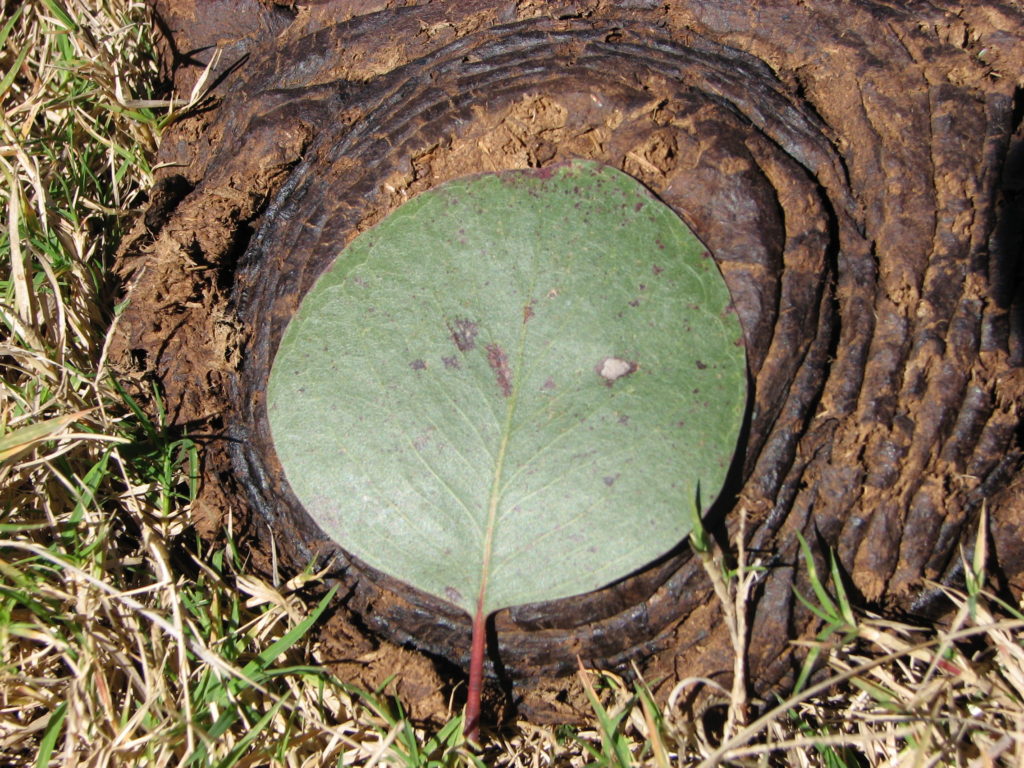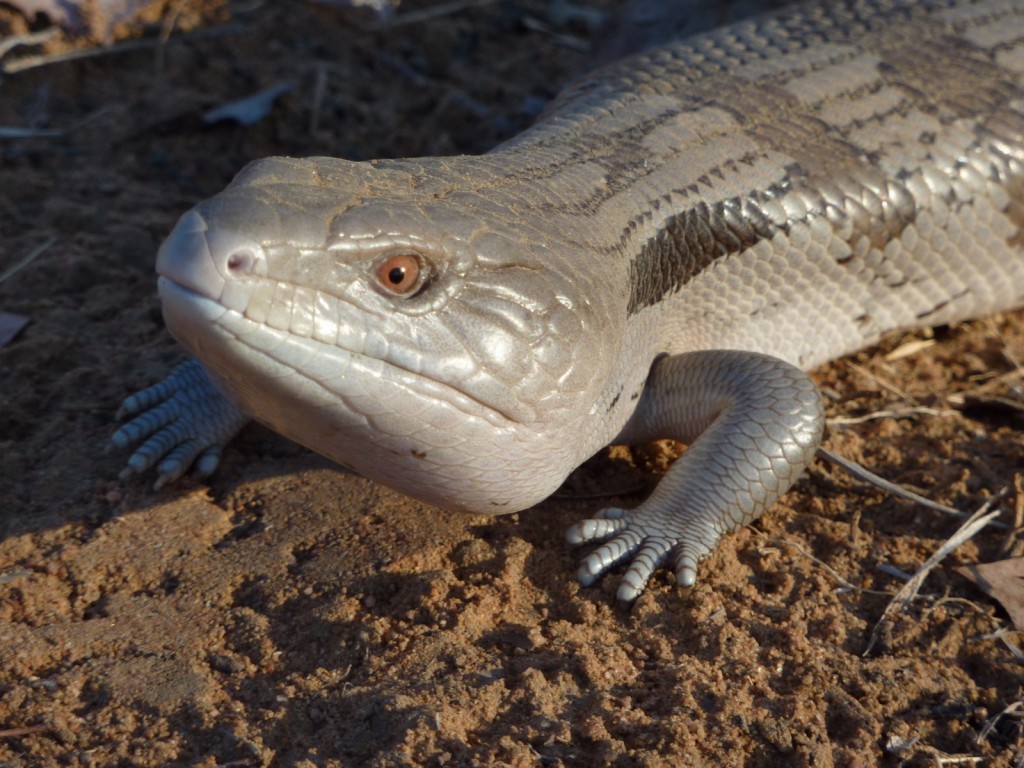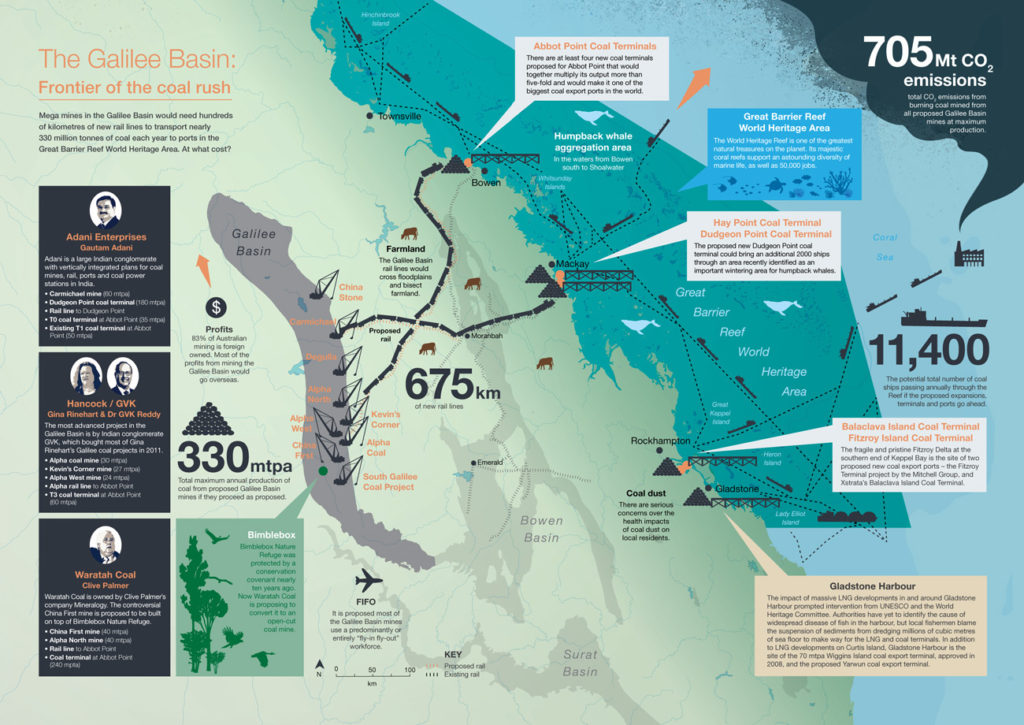
The threat in brief
Bimblebox Nature Refuge is threatened by a massive new thermal coal development proposed by Waratah Coal, owned by Clive Palmer. Its Galilee Coal Project (formerly called ‘China First’) would involve open cut mining more than half of Bimblebox Nature Refuge and underground mining the remainder.
Incredibly, this destructive proposal over a legally ‘protected’ conservation property was approved by both the Queensland and Federal Governments in 2013.
Since then we have waited under a cloud of uncertainty that has impacted the ongoing work of Bimblebox. When the Adani Carmichael mine in the northern Galilee gained final approvals in 2019, the concerns escalated. Then in October 2019 Waratah Coal lodged an application for a Mining Lease and Environmental Authority. Unsurprisingly, we intend to object!
Why Bimblebox matters
Bimblebox Nature Refuge is an almost 8000 hectare, 95% uncleared sanctuary in central west Queensland, approximately 500 km west of Rockhampton and 30km north west of the town of Alpha.
It is composed of remnant semi-arid woodlands with an understorey largely made up of native shrubs, forbs and grasses, and has a rich diversity of birds (176 species recorded so far), reptiles and other animals. In May 2011 a flock of endangered Black Throated Finch (Poephila cincta cincta) was sighted on Bimblebox, which has been confirmed by Birds Australia.
Bimblebox is a genuine and rare example of how agricultural production and biodiversity conservation can co-exist. A small herd of beef cattle assist in the control of exotic pasture grasses, and a number of long-term research projects are aimed at generating knowledge and management practices to improve outcomes for biodiversity across the region.


Formerly Glen Innes Station, Bimblebox was secured in 2000, when Queensland’s land clearing rates were amongst the highest in the world. It was purchased with the savings of a number of concerned individuals, as well as funding from the Australian National Reserve System program,’Caring for our Country’, to save it from being cleared.
In 2002, as required, the Bimblebox Nature Refuge Agreement (category VI IUCN protected area) was signed with the Queensland state government to permanently protect the high conservation values of the property.
Tragically, Nature Refuges and the protected areas that make up the National Reserve System are not automatically protected from mineral exploration and mining, which in Australia are granted rights over almost all other land uses. The Bimblebox team has lodged comments on the Queensland Draft Biodiversity Strategy for Queensland addressing this very issue.
These legal conservation contracts with both state and federal governments were signed before Waratah Coal’s exploration permit was issued. It covers all of Bimblebox and parts of the surrounding properties. ‘Caring for our Country’?
In late September 2011 the company released its Environmental Impact Statement (EIS) . It detailed plans to extract 40 mega-tonnes of coal per year, which will be transported on a yet-to-be-built 468 km rail line up to Abbot Point and shipped through the Great Barrier Reef on its way to China where it will be burnt for energy generation. Lately (2019) Mr Palmer has talked of a pipeline carrying ‘coal sludge’ instead of a rail line.
The project was approved by the Queensland Government in August 2013, and by the Federal Government on 19 December 2013. Waratah Coal still needed to apply for a Mining Lease and Environmental Authority. In October 2019 Waratah Coal made those final two applications public. Our objections will likely be heard in the Land Court.
A precedent-setting test case
As we understand it, Bimblebox is the first protected area to face the threat of mining to the degree proposed by Waratah Coal’s proposed mine. According to our research, a third of the 453 Nature Refuges (2014)6throughout Queensland are threatened by coal exploration and potential mining. This mine is totally against the wishes of the owners, and against the values they signed to protect.
It will also serve as a test case as to whether the Queensland State and Australian Federal governments are willing to alter outdated legislation so that conservation values are considered to be at least of similar importance to the state as large mining projects.
If Bimblebox survives the current coal mine threat, it is likely to continue to be an important long-term research site, an example of sustainable rangeland grazing, and one of the very few large areas of intact remnant habitat remaining in the bioregion. Others that existed even in 2011 have now been cleared.
Natural Heritage
The diverse native flora and fauna that Bimblebox Nature Refuge protects would be destroyed if the Galilee Coal Project goes ahead.
In fact, the QLD Environment Department had advised in 2011 that proposed clearing on Bimblebox Nature Refuge for Clive Palmer’s Waratah Coal mine would kill about 35,880 birds, 13,570 mammals and 780,000 reptiles! State-sanctioned massacre?
Birds
So far 176 bird species have been observed at Bimblebox, including the state and nationally endangered Black-throated Finch, the nationally vulnerable Squatter Pigeon and the state listed Near Threatened Black-chinned Honey Eater and Black-necked Stork. In addition, 14 birds of Conservation Significance for the Desert Uplands have been recorded there, including the Black-necked Stork, Letter-winged Kite, Black Falcon, Australian Bustard, Bush Stone Curlew, Brown Treecreeper, Speckled Warbler, Inland Thornbill, White-eared Honeyeater, Black-chinned Honeyeater, Hooded Robin and Grey-Crowned Babbler1.
In these two recordings you can hear the early morning sounds of Bimblebox bird song.
This one is by Karl Hoch, taken at dawn.
This one is by Malcolm Paterson, early one morning.
Vertebrates
At least 45 vertebrate species are present, including the Common Wallaroo, Whiptail Wallaby, Northern Brown Bandicoot, Squirrel Glider, Rufous Bettong, Short-beaked Echidna and Inland Forest Bat. To date, 14 amphibian and 83 reptile species have been found, including the Mulga Snake (a species of conservation significance in the Desert Uplands bioregion), Black-headed Python, Pale-headed Snake, Frill-necked Lizard, Eastern Bearded Dragon,Central Netted Dragon, Central Bearded Dragon, Eastern Blue-tongued Lizard, Nobby Dragon, Byrnoe’s Gecko and Spiny Knob-tailed Gecko1. Koala habitat is present, but the Koalas have not been sighted since early 2000’s.

Flora
Over 96% of Bimblebox Nature Refuge consists of remnant woodland and it is one of the largest such tracts in the region2.
The Queensland gazettal notice for this refuge describes significant natural resources as six regional ecosystems including poplar box and silver-leaved ironbark woodlands, and a diverse range of herbaceous species within a large area of intact habitat that has been subject to widespread clearing3. That clearing is still occurring, making the prevention of clearing of Bimblebox Nature Refuge imperative.
Two of its thriving ecosystems are listed as Regional Ecosystems of Concern3. There have been 650 native plant species plant species so far identified on Bimblebox, including the Near-Threatened Large-podded Tick-trefoil.
Iconic trees include Bimblebox (Poplar Box), Silver-leaved Ironbark and Brigalow. The main Koala food tree is Poplar Box, while Queensland Blue Gum and River Red Gum are also represented1.

The great age of these woodlands means many tree species have developed hollows which provide important habitat for many wildlife species. These could not be replaced for hundred of years as their main growth spurts only occur in very rare abnormally wet La Nina years.
All of this refuge habitat must be protected under the Australian and Queensland management agreements signed with the land owners. Such legal agreements are required for Protected Areas under the Convention on Biological Diversity an international treaty signed by the Australian government and agreed to by each state government and territory.
The understorey flora on Bimblebox has been described as containing the greatest level biodiversity in the Eastern Desert Uplands, most of which has been cleared for grazing in the region.
For more information on natural values of Bimblebox, see the book Bimblebox – A Nature Refuge under Siege (2013), by Maureen Cooper.

A map of the Bimblebox Nature Refuge itself is available here. (Thanks to Mark, from Mark’s Maps who compiled the map for free to help the nature refuge. Thanks also to Joan Vickers and Karl Hoch).
What’s ahead – likely impacts
The Galilee Basin is the last of the untapped coal basins in Queensland.

Credit: Greenpeace Australia Pacific
Water
A few years ago, during the boom era, nine mega mines were planned. If they were to go ahead they would adversely affect local aquifers and the Great Artesian Basin.
At least 400 landowners’ bores would be affected. There would be significant and lasting impacts to groundwater in the vicinity of the mines. For instance, an expert report5 commissioned by Lock-the-Gate reports that the Galilee Coal Project, Alpha and Kevin’s Corner mines alone are predicted to result in a 5m drawdown contour that would extend for an area 30km by 100km with water levels dropping up to 70m and never recovering completely.
Currently, groundwater issues are not within the jurisdiction of the Land Court of Queensland. A 2019 Supreme Court judgement removed groundwater as a relevant consideration.
Mining companies deny impacts on the Great Artesian Basin, but expert opinion is that there is not enough information available, leaving open the potential for depletion of the Great Artesian Basin.
The Great Barrier Reef
Our Great Barrier Reef would be adversely affected.
More than 6000 extra coal ships per year would travel through the Reef in North Queensland from the mega coal ports of Abbot Point (near Bowen) and Hay Point (near Mackay). This traffic would raise the risk of groundings, spills and collisions, cause noise and air pollution and disruption to marine flora, fauna and ecosystems and threaten its World Heritage status, according to a Greenpeace Report. These coal exports would also contribute to global warming and ocean acidification, both of which will impact the Great Barrier Reef.
Landholders
As well as those under threat of being mined, landholders along the proposed railway lines in the Galilee Basin face the loss of their property and way of life.
Following declaration of the Galilee Basin State Development Area, 74 landholders face compulsory acquisition of their land. Graziers report that they have had very little input into the process and some feel that the State Government has walked all over them. Agricultural land will be reduced in area and fragmented, flood impacts increased, and food production in Central Queensland will decline7.
Climate change
Burning of coal is a major contributor toward anthropogenic climate change. Australia needs to take responsibility for its contribution to world climate change; the argument that someone else will provide the coal if Australia does not, is not an acceptable argument. It is now understood that 80% of the world’s remaining fossil fuels must be left in the ground if we are to avoid dangerous climate change8.
With Australia’s infamous records of species extinction and deforestation, and the all-too-tangible evidence of the impacts of climate change, it is incredible that a protected area rich in biodiversity and with carbon stores intact could be sacrificed for the sake of producing more climate-changing coal.
Recent NSW decisions, as in Gloucester’s Rocky Hill mine case, stated that NO increase in CO2 emissions was acceptable, even in that instance of a small coking coal project, given the state of our global carbon budget. ‘Wrong place, wrong time’, was the judgement.
Certainly the Galilee Coal project is in the wrong place, being set to obliterate a dedicated Nature Refuge and all the species it protects, and this remains the wrong time, as our warming world cannot cope with the emissions the coal from this large thermal coal mine would produce.
References
- Cooper, Maureen (ed.) (2013) Bimblebox – A Nature Refuge under Siege (120pp)
- Cassoni, P. and Duus, S (2011) SUBMISSION on Waratah Coal’s Environmental Impact Statement
- Cassoni, P (2009) Submission. EPBC Referral https://bimblebox.org/wp-content/uploads/2010/10/Referral_2009-4737_webversion.pdf
- Varagic, Vlakva (2010) A GIS Framework for Streamlining the Nature Refuge Gazettal Process, Queensland University of Technology http://eprints.qut.edu.au/37272/1/Vlatka_Varagic_Thesis.pdf , and http://www.amazon.com/Gis-Framework-For-Nature-Refuges/dp/3659525367
- Hydrocology Environmental Consulting In consultation with Tom Crothers – Stellar Advisory Services, former Queensland Government General Manager of Water Planning and Allocation (September 2013) Draining the Lifeblood: Groundwater Impacts of Coal Mining in the Galilee Basin.
- AgForce Queensland (2014), Advancing Rural Queensland, Five: Agriculture and the Environment Working Together http://www.agforceqld.org.au/index.php?tgtPage=&page_id=460 , Accessed 18 October 2014.
- Hydrocology Environmental Consulting (March 2014) Railroaded: Carving up food lands for coal transport in Central Queensland http://www.lockthegate.org.au/tags/galilee_basin.
- Professors Will Steffen and Lesley Hughes (2013) THE CRITICAL DECADE 2013. Climate change science, risks and responses. Climate Commission Secretariat, Department of Industry, Innovation, Climate Change, Science, Research and Tertiary Education, Commonwealth of Australia http://www.climatecouncil.org.au/uploads/b7e53b20a7d6573e1ab269d36bb9b07c.pdf
- Investment Mine, Mining Markets and Investment, Coal prices and Coal Price Charts, Thermal Coal CAPP Price http://www.infomine.com/investment/metal-prices/coal/
